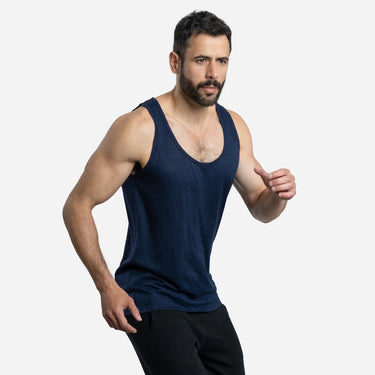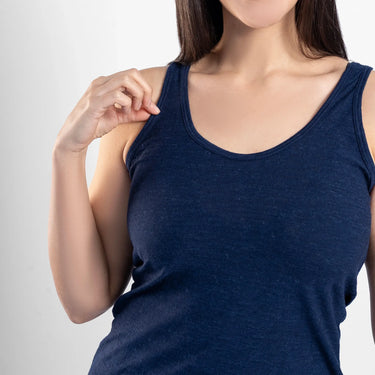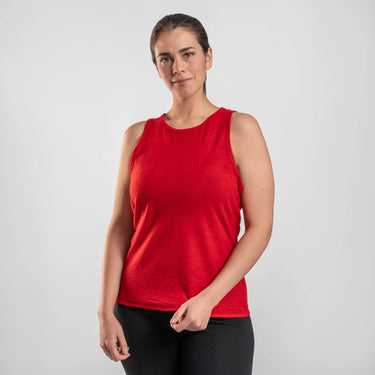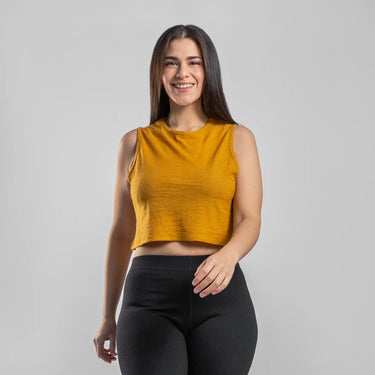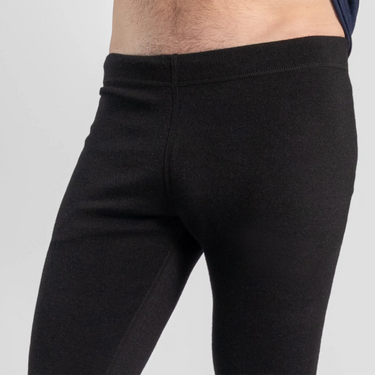Alpaca vs Merino: Which is Better?
Which wool has better temperature regulation, moisture wicking and insulation capacities and is warmer? We find customers often ask us about alpaca and merino wool and the difference between the...
Which wool has better temperature regulation, moisture wicking and insulation capacities and is warmer? We find customers often ask us about alpaca and merino wool and the difference between the...
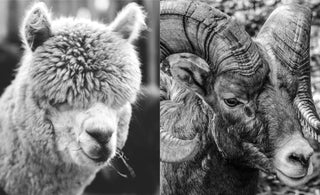
ALPACA Vs MERINO

WHICH WOOL HAS BETTER: COOLING TECHNIQUE, WICKING CAPABILITIES, AND WARMTH INSULATION
We had some customers ask important questions about Alpaca and Merino. We thought this blog will help you understand the difference between the two:
1. How can the Alpaca wool be cooling if they don’t absorb any moisture?
Alpaca fibres have pockets of microscope spaces that are able to hold air inside. This space can hold warmth from your body and insulate against the heat of the sun to keep you cool. Our shirts are of a thinner knit which allows more breath-ability allowing you to cool down without feeling cold.
2. Where is the wicking process coming from. Is the fabric woven like microfiber garment?
The wicking process comes from the alpaca hair itself. Heat is trapped in it’s hollow fibers which mechanically push away water and does not reach a saturation point on the skin. Basically, the water evaporates because of body warmth. Our fabric is not woven, but of a particular knit that gives reinforcement and stretchability.
3. Merino wool also contains air pockets in the hair for warmth insulation. How is this different from Alpaca wool?
Merino wool does air pockets; however, they are tiny and not as insulating as the air pockets found in alpaca wool. Alpaca fibers have a more defined, internal oval structure that have large closed air chilled channels. This structure results in a high thermal quality, breathability, and being lightweight. As seen in the photo below

Source of image from: SOURCE: FIBRES & TEXTILES in Eastern Europe 2012, Vol. 20, No. 1 (90)
4. Where is the antibacterial in Alpaca coming from?
The antibacterial properties come from the keratin component found in alpaca.
SOURCE: FIBRES & TEXTILES in Eastern Europe 2012, Vol. 20, No. 1 (90)
http://www.fibtex.lodz.pl/pliki/Fibtex_(in9qxzjrznrrbp2d).pdf
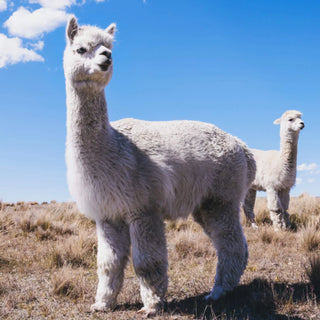
Discover why alpaca wool outperforms Merino in insulation, UV protection, and sustainability. Nature’s ultimate fiber for extreme weather and outdoor wear.
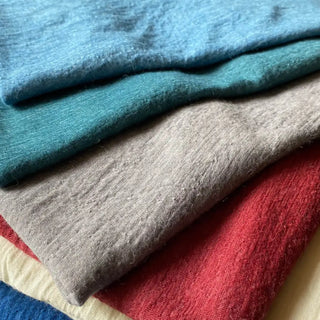
Learn about natural dyesfrom the Andes and low impact dyes that bring our alpaca wool to life—biodegradable, skin-safe, and GOTS-certified.
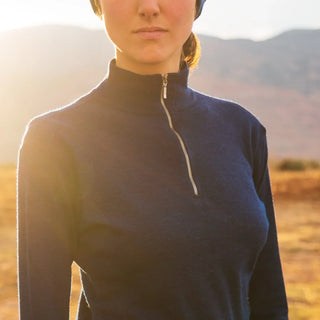
Learn how to layer clothes for outdoor activities with base, mid and shell layers. Stay warm, dry, and comfortable in any environment.
Your cart is currently empty.
Start Shopping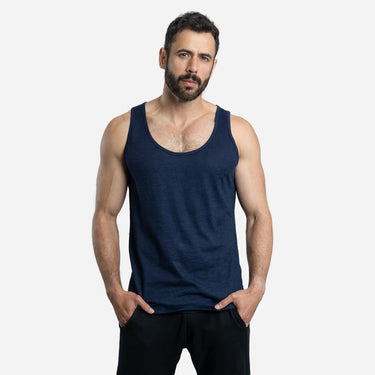
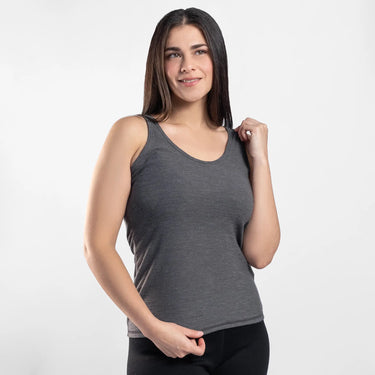
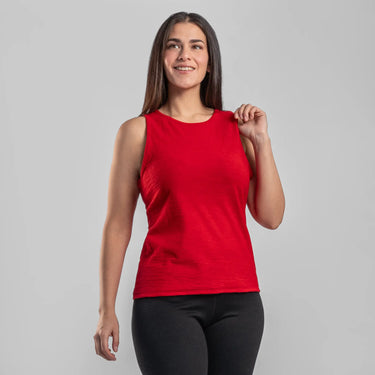
160 Ultralight
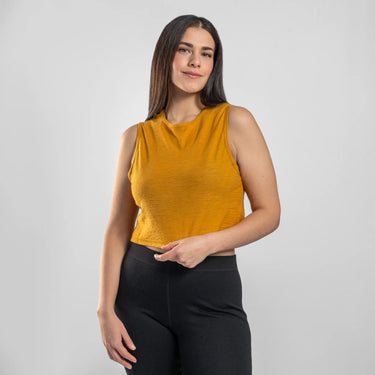
160 Ultralight

300 Lightweight
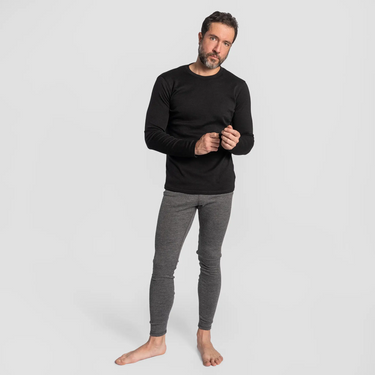
300 Lightweight
